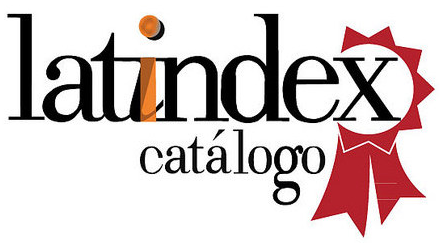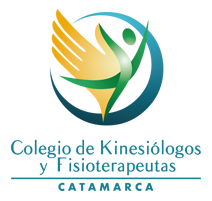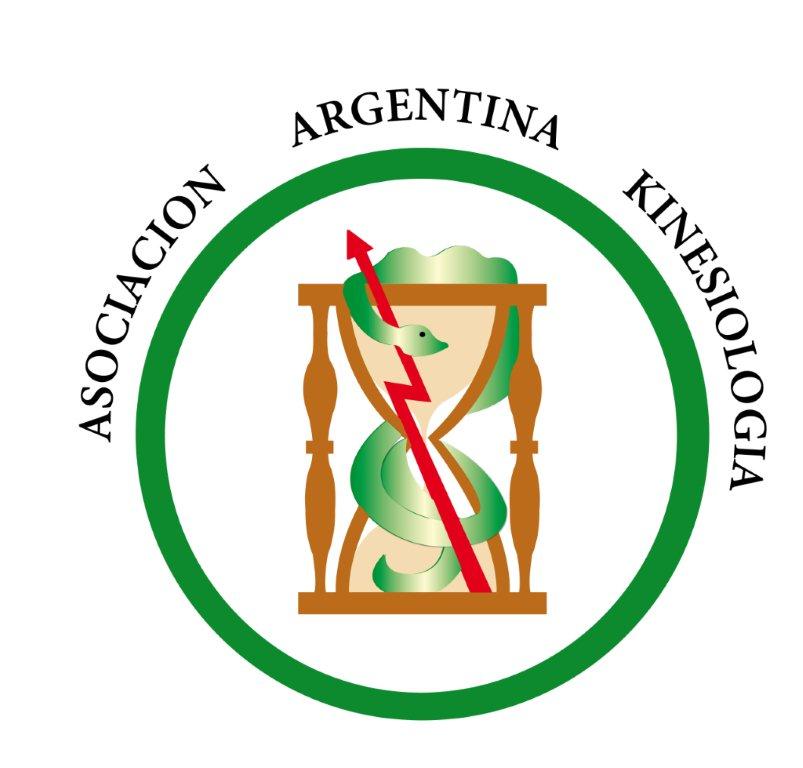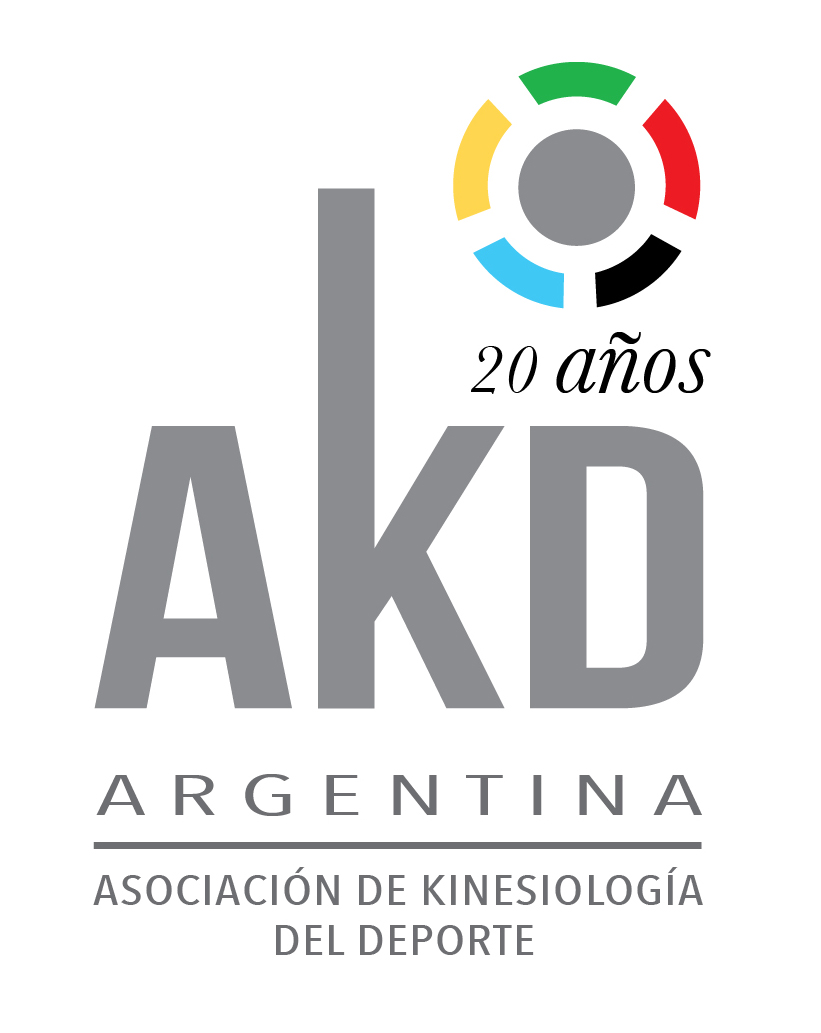Características clínico-demográficas de sujetos de sala de cirugía general que requirieron interconsulta con la unidad de kinesiología de un hospital público de la Ciudad Autónoma de Buenos Aires: estudio descriptivo y retrospectivo
DOI:
https://doi.org/10.58172/ajrpt.v6i1.300Palabras clave:
cirugía general, cirugía torácica, complicaciones postquirúrgicas, oxígenoterapia, rehabilitación, servicio de fisioterapia en hospitalResumen
Objetivo: Describir las características clínico-demográficas de sujetos internados luego de una intervención quirúrgica que recibieron asistencia kinésica (AK) en sala de cirugía general de un hospital público de Ciudad Autónoma de Buenos Aires (CABA). El objetivo secundario es describir el uso de dispositivos de oxigenoterapia, el desarrollo de complicaciones pulmonares postoperatorias (CPP) y el tiempo transcurrido hasta la AK.
Materiales y métodos: Se incluyeron datos de fichas kinésicas de sujetos que se sometieron a una cirugía abdominal, torácica o pélvica y que recibieron AK entre enero de 2019 y diciembre de 2022. Se registraron datos demográficos y clínicos, motivo de consulta kinésica, desarrollo de CPP, cantidad de días de AK y uso de de oxigenoterapia.
Resultados: Se incluyeron 151 fichas kinésicas. Del total, 15 sujetos (9,9 %) desarrollaron CPP. En este grupo, la mediana de días transcurridos entre la cirugía y el comienzo de la AK fue de 8 días (RIQ 4-16), mientras que para los sujetos que no desarrollaron complicaciones fue de 4 días (RIQ 2-7). Un total de 57 sujetos (37,5 %) requirieron oxigenoterapia, de los cuales 3 requirieron ventilación mecánica invasiva y 1 no invasiva.
Conclusión: Se describieron las características clínico-demográficas de sujetos postquirúrgicos internados en sala de cirugía general de un hospital general de agudos de la CABA. Aquellos sujetos con CPP recibieron más días de AK y requirieron oxígeno suplementario durante un período más extenso. Los sujetos que no desarrollaron CPP recibieron AK en una etapa más temprana, en comparación con los que desarrollaron complicaciones.
Descargas
Citas
Weiser TG, Haynes AB, Molina G, Lipsitz SR, Esquivel MM, Uribe-Leitz T, et al. Size and distribution of the global volume of surgery in 2012. Bull World Health Organ. 2016;94(3):201-209F. DOI: https://doi.org/10.2471/BLT.15.159293
Abbott TEF, Fowler AJ, Dobbs TD, Harrison EM, Gillies MA, Pearse RM. Frequency of surgical treatment and related hospital procedures in the UK: a national ecological study using hospital episode statistics. Br J Anaesth. 2017;119(2):249-257. DOI: https://doi.org/10.1093/bja/aex137
Fernandez-Bustamante A, Frendl G, Sprung J, Kor DJ, Subramaniam B, Martinez Ruiz R, et al. Postoperative Pulmonary Complications, Early Mortality, and Hospital Stay Following Noncardiothoracic Surgery: A Multicenter Study by the Perioperative Research Network Investigators. JAMA Surg. 2017;152(2):157-166. DOI: https://doi.org/10.1001/jamasurg.2016.4065
Smetana GW. Postoperative pulmonary complications: an update on risk assessment and reduction. Cleve Clin J Med. 2009;76 Suppl 4:S60-5. DOI: https://doi.org/10.3949/ccjm.76.s4.10
Miskovic A, Lumb AB. Postoperative pulmonary complications. Br J Anaesth. 2017;118(3):317-334. DOI: https://doi.org/10.1093/bja/aex002
Abbott TEF, Fowler AJ, Pelosi P, Gama de Abreu M, Møller AM, Canet J, et al. A systematic review and consensus definitions for standardised end-points in perioperative medicine: pulmonary complications. Br J Anaesth. 2018;120(5):1066-1079. DOI: https://doi.org/10.1016/j.bja.2018.02.007
Sasaki N, Meyer MJ, Eikermann M. Postoperative respiratory muscle dysfunction: pathophysiology and preventive strategies. Anesthesiology. 2013;118(4):961-78. DOI: https://doi.org/10.1097/ALN.0b013e318288834f
Boden I, Skinner EH, Browning L, Reeve J, Anderson L, Hill C, et al. Preoperative physiotherapy for the prevention of respiratory complications after upper abdominal surgery: Pragmatic, double blinded, multicentre randomized controlled trial. The BMJ. 2018;360. DOI: https://doi.org/10.1136/bmj.j5916
Gustafsson UO, Scott MJ, Schwenk W, Demartines N, Roulin D, Francis N, McNaught CE, Macfie J, Liberman AS, Soop M, Hill A, Kennedy RH, Lobo DN, Fearon K, Ljungqvist O; Enhanced Recovery After Surgery (ERAS) Society, for Perioperative Care; European Society for Clinical Nutrition and Metabolism (ESPEN); International Association for Surgical Metabolism and Nutrition (IASMEN). Guidelines for perioperative care in elective colonic surgery: Enhanced Recovery After Surgery (ERAS(®)) Society recommendations. World J Surg. 2013;37(2):259-84. DOI: https://doi.org/10.1007/s00268-012-1772-0
Hanekom SD, Brooks D, Denehy L, Fagevik-Olsén M, Hardcastle TC, Manie S, Louw Q. Reaching consensus on the physiotherapeutic management of patients following upper abdominal surgery: a pragmatic approach to interpret equivocal evidence. BMC Med Inform Decis Mak. 2012;12:5. DOI: https://doi.org/10.1186/1472-6947-12-5
Marley RA. Postoperative oxygen therapy. J Perianesth Nurs. 1998;13(6):394-410; quiz 410-2. DOI: https://doi.org/10.1016/S1089-9472(98)80010-5
Liu K, Scott JB, Jing G, Li J. Management of Postoperative Hypoxemia. Respir Care. 2021;66(7):1136-1149. DOI: https://doi.org/10.4187/respcare.08929
Souza Possa S, Braga Amador C, Meira Costa A, Takahama Sakamoto E, Seiko Kondo C, Maida Vasconcellos AL, et al. Implementation of a guideline for physical therapy in the postoperative period of upper abdominal surgery reduces the incidence of atelectasis and length of hospital stay. Rev Port Pneumol. 2014;20(2):69-77. DOI: https://doi.org/10.1016/j.rppneu.2013.07.005
Charlson ME, Pompei P, Ales KL, MacKenzie CR. A new method of classifying prognostic comorbidity in longitudinal studies: development and validation. J Chronic Dis. 1987;40(5):373-83. DOI: https://doi.org/10.1016/0021-9681(87)90171-8
O'Donohue WJ Jr. Postoperative pulmonary complications. When are preventive and therapeutic measures necessary? Postgrad Med. 1992;91(3):167-70, 173-5. DOI: https://doi.org/10.1080/00325481.1992.11701233
Jeong BH, Shin B, Eom JS, Yoo H, Song W, Han S, et al. Development of a prediction rule for estimating postoperative pulmonary complications. PLoS One. 2014;9(12):e113656. DOI: https://doi.org/10.1371/journal.pone.0113656
McAlister FA, Bertsch K, Man J, Bradley J, Jacka M. Incidence of and risk factors for pulmonary complications after nonthoracic surgery. Am J Respir Crit Care Med. 2005;171(5):514-7. DOI: https://doi.org/10.1164/rccm.200408-1069OC
Scholes RL, Browning L, Sztendur EM, Denehy L. Duration of anaesthesia, type of surgery, respiratory co-morbidity, predicted VO2max and smoking predict postoperative pulmonary complications after upper abdominal surgery: an observational study. Aust J Physiother. 2009;55(3):191-8. DOI: https://doi.org/10.1016/S0004-9514(09)70081-9
Mazo V, Sabaté S, Canet J, Gallart L, de Abreu MG, Belda J, et al.. Prospective external validation of a predictive score for postoperative pulmonary complications. Anesthesiology. 2014;121(2):219-31. DOI: https://doi.org/10.1097/ALN.0000000000000334
Han B, Li Q, Chen X. Frailty and postoperative complications in older Chinese adults undergoing major thoracic and abdominal surgery. Clin Interv Aging. 2019;14:947-957. DOI: https://doi.org/10.2147/CIA.S201062
Bendixen HH, Hendley-Whiete J, Laver MB. Impaired oxigenation in surgical patients during general anesthesia with controlled ventilation. A concept of atelectasis. N Engl J Med. 1963;269:991-6. DOI: https://doi.org/10.1056/NEJM196311072691901
Brismar B, Hedenstierna G, Lundquist H, Strandberg A, Svensson L, Tokics L. Pulmonary densities during anesthesia with muscular relaxation--a proposal of atelectasis. Anesthesiology. 1985;62(4):422-8. DOI: https://doi.org/10.1097/00000542-198504000-00009
Lundquist H, Hedenstierna G, Strandberg A, Tokics L, Brismar B. CT-assessment of dependent lung densities in man during general anaesthesia. Acta Radiol. 1995;36(6):626-32. DOI: https://doi.org/10.3109/02841859509176761
Arozullah AM, Khuri SF, Henderson WG, Daley J; Participants in the National Veterans Affairs Surgical Quality Improvement Program. Development and validation of a multifactorial risk index for predicting postoperative pneumonia after major noncardiac surgery. Ann Intern Med. 2001;135(10):847-57. DOI: https://doi.org/10.7326/0003-4819-135-10-200111200-00005
Gupta H, Gupta PK, Schuller D, Fang X, Miller WJ, Modrykamien A, Wichman TO, Morrow LE. Development and validation of a risk calculator for predicting postoperative pneumonia. Mayo Clin Proc. 2013;88(11):1241-9. DOI: https://doi.org/10.1016/j.mayocp.2013.06.027
Li C, Yang WH, Zhou J, Wu Y, Li YS, Wen SH, et al. Risk factors for predicting postoperative complications after open infrarenal abdominal aortic aneurysm repair: results from a single vascular center in China. J Clin Anesth. 2013;25(5):371-378. DOI: https://doi.org/10.1016/j.jclinane.2013.01.013
Kaneda H, Saito Y, Okamoto M, Maniwa T, Minami K, Imamura H. Early postoperative mobilization with walking at 4 hours after lobectomy in lung cancer patients. Gen Thorac Cardiovasc Surg. 2007;55(12):493-8. DOI: https://doi.org/10.1007/s11748-007-0169-8
Svensson-Raskh A, Schandl AR, Ståhle A, Nygren-Bonnier M, Fagevik Olsén M. Mobilization Started Within 2 Hours After Abdominal Surgery Improves Peripheral and Arterial Oxygenation: A Single-Center Randomized Controlled Trial. Phys Ther. 2021;101(5):pzab094. DOI: https://doi.org/10.1093/ptj/pzab094
Haines KJ, Skinner EH, Berney S, Austin Health PSI. Association of postoperative pulmonary complications with delayed mobilization following major abdominal surgery: an observational cohort study. Physiotherapy. 2013;99(2):119–25. DOI: https://doi.org/10.1016/j.physio.2012.05.013
Hanada M, Kanetaka K, Hidaka S, Taniguchi K, Oikawa M, Sato S, et al. Effect of early mobilization on postoperative pulmonary complications in patients undergoing video-assisted thoracoscopic surgery on the esophagus. Esophagus. 2018;15(2):69-74. DOI: https://doi.org/10.1007/s10388-017-0600-x
Archivos adicionales
Publicado
Cómo citar
Número
Sección
Licencia
Derechos de autor 2024 Franco Javier Fabani, Micaela Oyola, Sandra Salzberg, Damian Steinberg

Esta obra está bajo una licencia internacional Creative Commons Atribución-CompartirIgual 4.0.
Los autores/as que publiquen en esta revista aceptan las siguientes condiciones:
- Los autores conservan todos los derechos morales y patrimoniales de sus obras, cediendo solamente a la AJRPT el derecho a la primera publicación de éste. En consecuencia, los autores pueden realizar otros acuerdos contractuales independientes y adicionales para la distribución del artículo o texto.
- Los autores/as conservarán sus derechos de autor y aceptan la licencia de distribución de AJRPT, la cuál es Licencia de Reconocimiento - Compartir Igual Creative Commons.
- Los autores/as pueden realizar otros acuerdos contractuales independientes y adicionales para la distribución de la versión del artículo publicado en esta revista (p. ej., incluirlo en un repositorio institucional o publicarlo en un libro) siempre que indiquen claramente que el trabajo se publicó por primera vez en esta revista.
- Se permite y recomienda a los autores/as a publicar su trabajo en Internet (por ejemplo, en páginas institucionales o personales) sólo una vez que sean publicados en la revista AJRPT, ya que puede conducir a intercambios productivos y a una mayor y más rápida difusión.

Este obra está bajo una licencia de Creative Commons Reconocimiento-CompartirIgual 4.0 Internacional.





















